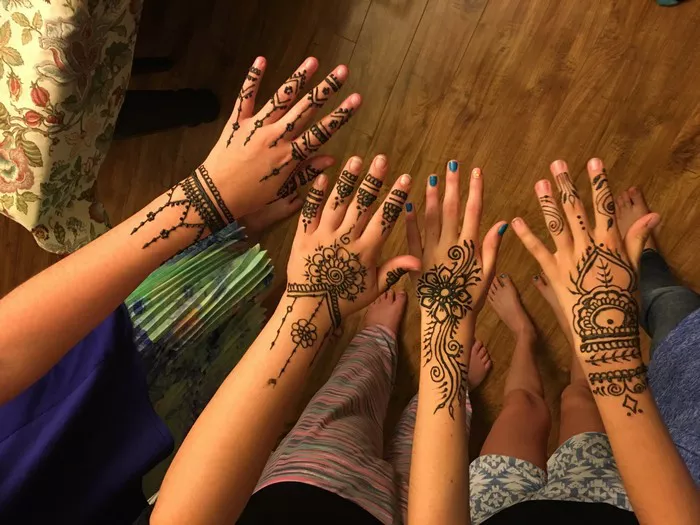A remarkable archaeological discovery has revealed a striking new chapter in the history of ancient South American body art. Researchers studying an 800-year-old female mummy have uncovered unusual facial tattoos that differ significantly from those typically associated with ancient Andean cultures. The find, recently published in the Journal of Cultural Heritage, sheds new light on tattooing practices and cultural symbolism in pre-Columbian Peru.
A Mysterious Mummy with a Unique Mark
The mummy, currently housed at the Museum of Anthropology and Ethnography in Italy, was donated nearly a century ago with scant contextual information. However, radiocarbon dating places the woman’s life between 1215 and 1382 CE, aligning her with the era of the Paracas culture, known for elaborate funerary customs on Peru’s south coast.
The arid desert conditions of the region helped preserve the woman’s skin remarkably well, making detailed tattoo analysis possible. What researchers found has stunned the scientific community: three simple black lines etched on her right cheek—a minimalist design that is virtually unprecedented in Andean mummified remains.
“In general, skin marks on the face are rare among ancient Andean groups,” the researchers noted, “and even rarer on the cheeks.”
Unlike the more ornate and extensive tattoos usually seen on limbs or feet, the understated facial tattoo likely held social or symbolic meaning, meant to be seen and interpreted by others in her community.
Redefining What We Know About Ancient Tattoo Inks
Even more surprising was the composition of the tattoo ink. Historically, black tattoo pigments from archaeological sites have been presumed to consist primarily of charcoal. However, this study tells a different story.
Chemical analysis revealed that the ink was not made from charcoal at all, but rather from magnetite—a black, metallic iron ore with magnetic properties. Magnetite’s use in tattooing is extremely rare in ancient South American contexts.
“The results highlight the presence of magnetite… along with other iron-rich minerals from the pyroxene silicates group,” the researchers reported. A trace of carbon-based material was also detected, though possibly incidental rather than deliberate.
This discovery suggests a sophisticated understanding of pigment preparation, potentially with ritualistic or technological implications. The use of mineral-based inks points to a broader and more nuanced approach to tattooing than previously recognized.
Cultural Significance Still to Be Unraveled
While the exact meaning of the facial tattoos remains a mystery, their placement and rarity suggest intentionality—possibly denoting status, identity, spiritual beliefs, or affiliation with a specific community or role. The minimalist style, contrasted with more elaborate regional tattoo traditions, hints at individual or cultural divergence.
Given the rarity of preserved facial skin on mummified remains, researchers caution that such tattoos may be underrepresented in the archaeological record, meaning this case could open the door to re-evaluating earlier findings and seeking out overlooked examples.
Conclusion
This mummy’s understated facial markings and unexpected ink composition are not merely scientific curiosities—they are cultural clues pointing to the rich and diverse body art practices of ancient South American civilizations. As researchers continue to refine dating, ink analysis, and cultural interpretation, the ancient woman’s three black lines may soon tell us far more than meets the eye.
Related topics:

